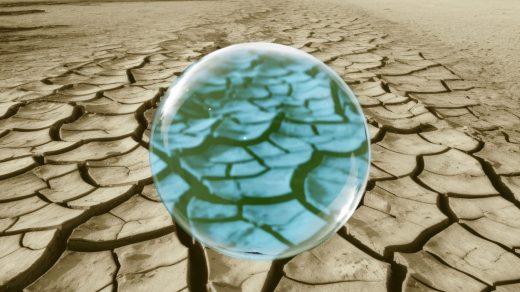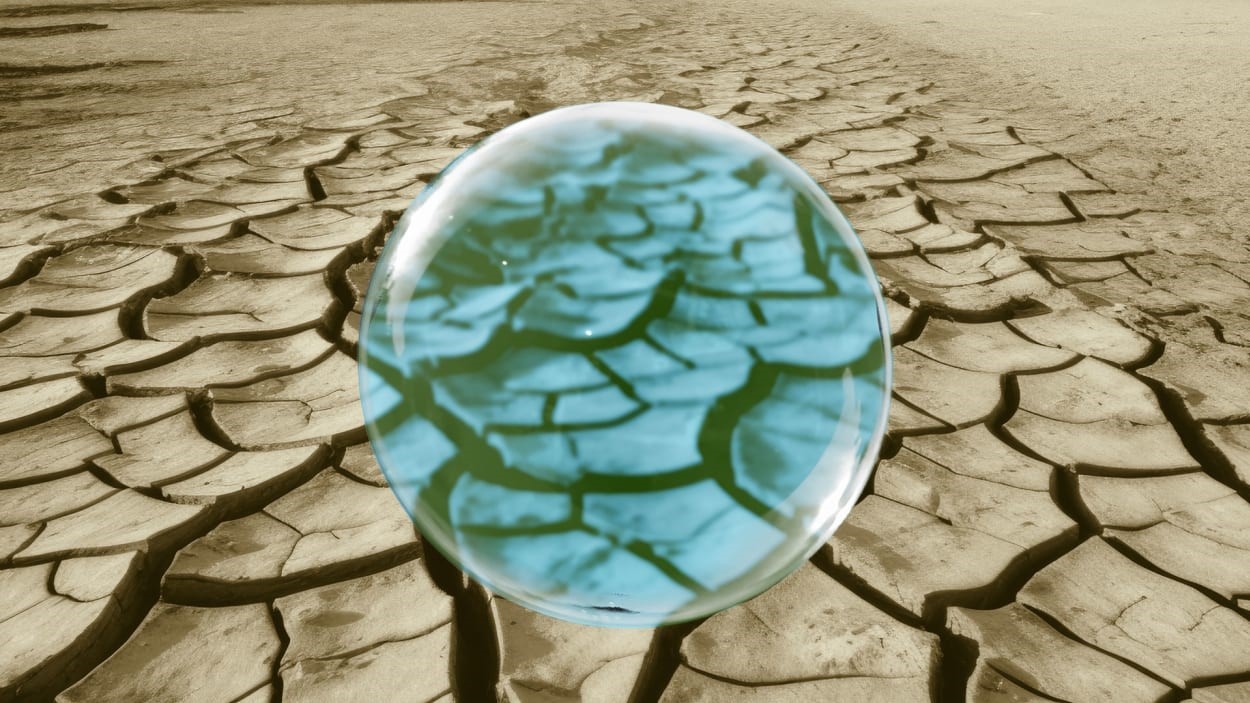‘A whole lot hotter’ for rich people: Research suggests the wealthy’s ‘luxury’ shield against climate change is melting
Scientists use the term “luxury effect” to refer to the fact that the wealthier and whiter your neighborhood becomes, the likelier your block is to be green. Having a greater disposable income gives people the resources to increase the plant biodiversity of where they live. Research shows that increased vegetation yields a stronger local ecosystem, and cooler temperatures too.
Plants have been transpiring since the dawn of time—a natural process where they absorb water from the soil and release it as vapor, cooling the air in the process. But they don’t appear to be doing it fast enough, the authors of a new study write. Heat levels are increasing too quickly, and the luxury effect’s bubble of protection against global warming isn’t keeping pace.
The paper, published on Thursday in the journal Urban Climate, says it’s the first to suggest the luxury effect is rapidly diminishing. The team of researchers at UC Riverside tracked changes in plant health and density in Los Angeles neighborhoods between 1985 and 2021. They used satellite imagery and U.S. Census data to compare urban surface temperatures and amounts of vegetation during that time period across the greater Los Angeles area. It’s understood that climate change impacts the planet’s poorest people first and hardest, but the findings suggest that the heat is turning out to be an equalizer.
“There’s been an increase in equity in the city,” the paper’s lead author Dion Kucera told his university. “But it’s not because poorer areas are improving in greenness or cooling. It’s that richer regions are getting worse.” If these trends continue, he added, “it is likely that, by 2030, there will be no income advantage for white residents over minority residents when it comes to cooling from plants.”
Or as his coauthor, UC Riverside botany professor Darrel Jenerette, said: “It will get a whole lot hotter a whole lot faster in the future for rich people.”
According to their data, the luxury effect’s ability to mitigate heat in wealthy, white neighborhoods fell by 58% from 1990 to 2020. They write that Los Angeles’s land surface temperature—how hot it feels on the ground—rose by 8.4 degrees over the 37-year period they studied. The authors add that that’s consistent with increases recorded in other cities worldwide, such as Atlanta; Marseille, France; and Ahmedabad, India.
But satellite images of L.A.’s neighborhoods provided by the researchers demonstrate stark contrasts. In an aerial shot, the block in a wealthy, 94%-white neighborhood shows grassy lawns and dozens of lush-looking trees. A picture of a block in a poorer, 98%-Hispanic neighborhood contains almost no grass, barely any trees, and lots of concrete.
A different photo set shows a wealthy block where the plants were a deep emerald or pine green back in 2005, but by 2022 had become a more washed-out lizard green.
The luxury effect was first described in 2003 in a Proceedings of the National Academy of Sciences paper. The authors looked at tree coverage in the Phoenix area, and wrote: “We conclude that a functional relationship, which we term the ‘luxury effect,’ may link human resource abundance (wealth) and plant diversity in urban ecosystems.” That relationship, the study added, “seems to mirror the well-established link between quality of the social environment and socioeconomic status,” and they went on to note: “People not only create landscapes with enhanced diversity, but also may prefer to live where such landscapes already exist.”
Subsequent studies have indeed confirmed that wealthier neighborhoods in places stretching from North America to Europe and Africa do have a more diverse mixture of not just plant life, but also bugs, birds, and other creatures. A graphic in a 2021 New York Times multimedia piece showed how in one of Philadelphia’s wealthiest enclaves, Chestnut Hill, roughly 60% of the surface has temperature-cooling tree cover. Just five miles away, in a poorer area, tree cover dips to 6% and the average temperature subsequently feels more than 10 degrees higher.
And rising temperatures compound the tree-coverage problem in poorer neighborhoods. Whatever plants do exist become less healthy over time; heat and droughts increase, the ecosystem takes a hit, and residents end up needing to offset that by doing things like powering their ACs for longer in the summer. The authors contend that this sequence is coming for wealthy people next.
A final irony they note involves the desert-landscape obsession that’s become cool among the wealthier class in recent years. The aesthetic pivot toward planting a few dramatic, drought-tolerant succulents in some gravel has likely meant less verdant greenery now dots well-maintained L.A. streets, and intentionally so.
The pattern they’ve observed in Los Angeles offers a lesson to other urban environments, the group concludes. “We definitely think of the L.A. area as a model for the effects of climate on vegetation globally,” Jenerette said, calling the city one of the world’s most diverse for trees under normal circumstances. “The climate effects in L.A. are likely to mirror what is happening in cities throughout the world that are also getting hotter.”
(3)



